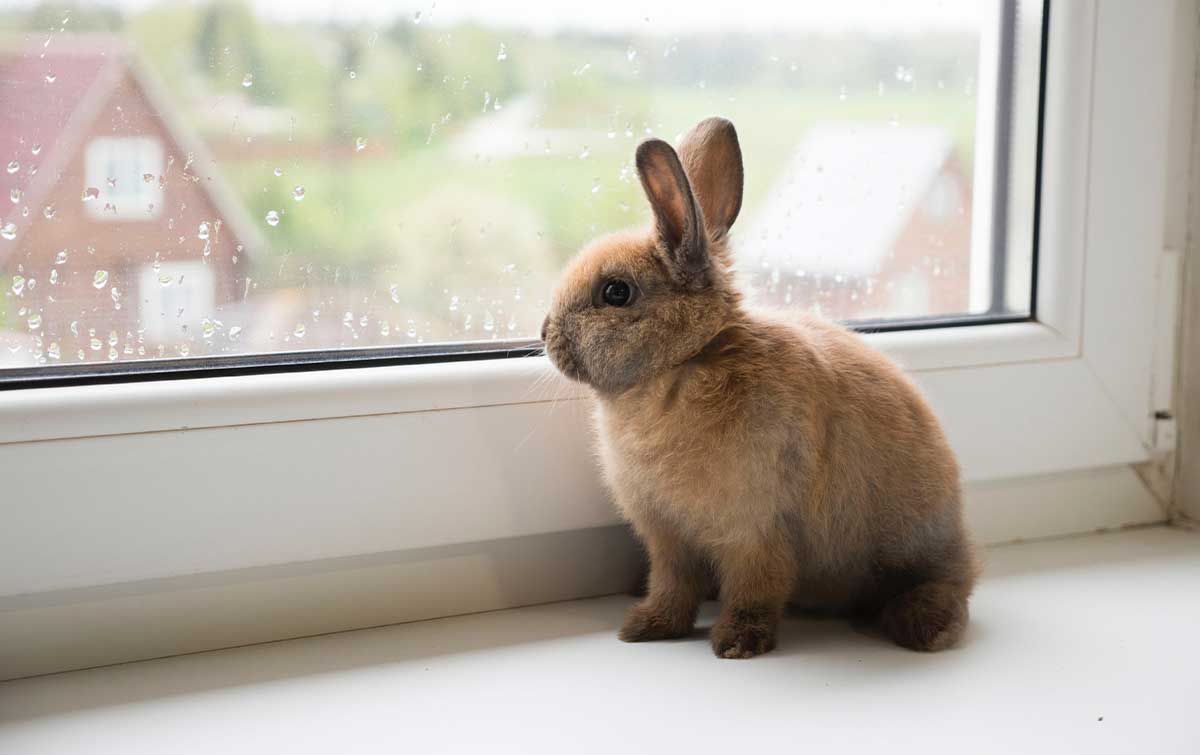A Guide to Autumn Care for Small Animals

There are many things you can do to keep small animals warm and safe across the colder months. When first taking home a small animal, they should only be housed outdoors between the 1st of May and the middle to end of October.
If taking an animal home from November onwards it is essential they are housed inside until April. This is because they will not have the right fur density to protect them properly from the chill.
Once they are outdoors they can then stay outside all year round, as long as their house is in a sheltered place. If you bring a pet indoors (other than for short periods of exercise) they must stay indoors for the entire winter.
Animals build up a winter coat; if they are brought inside for the night, and then out during the day, they may start to moult their thick coat. This can cause stress and make them vulnerable to the cold.
Remember, the temperature of a house can differ by as much as 20 degrees, this extreme temperature difference will make the pet feel freezing when put back outside.
If an animal is very young, elderly or ill, it may be best to house them indoors for the whole winter.
How to prepare a Shed or Garage
- Make sure there is ample daylight
- Ensure the shed or garage is secure and free from damp.
- Remove all paint, oil and petrol cans, these fumes are harmful.
- Make sure no car is parked in the garage – the fumes are dangerous.
- Unless the weather is extreme, it is better not to house single animals in sheds or garages. Lack of company or proper stimulation can cause stress.
Small Animal Winter Checklist
- Always ensure your small animal has a cosy safe and separate sleeping compartment.
- Keep their hutch out of snow, rain, direct wind and drafts.
- Keep the hutch near the house so you can keep an eye on them through the window. If you do not have a hutch cover, buy some tarpaulin. A blanket or piece of carpet can then be put underneath the tarpaulin for extra warmth.
- Line the hutch sleeping section with thick brown cardboard for extra insulation.
- Raise the hutch off the ground to help prevent the cold, the damp and rodents.
- Use a thick layer of soft shavings and pack the bed area with straw, which is a fantastic insulator. Remember hay is food for Rabbits & Guinea Pigs, straw is bedding.
- Protect water bottles from freezing with an insulation sleeve. Alternatively use two bottles and switch out the frozen one for a fresh. Don’t give de-frosted water as it could cause digestive upsets.
- Play with your pets! If they cannot exercise outside their hutch as much in the winter bring them indoors every day for a run around and some fun puzzle-solving opportunities. Stuff some old cardboard boxes and tubes with tasty natural treats.
Remember to ensure your rabbits or guinea pigs have a constant supply of fresh dust extracted hay. The best diets will help keep our small fluffs healthy and strong during colder months. Read more about Norahs here.
For more information on why hay is so important, read out blog on Why Rabbits Need Hay.


